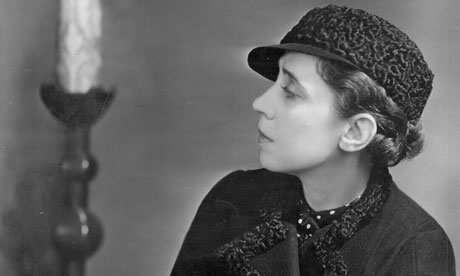
Patricia Volk examines the art of being two remarkable women: designer Elsa Schiaparelli and the author's mother Audrey, one an artist, the other artful, linked by superficial similarities. Both created a stir with their appearance: Audrey with her classic beauty and impeccable well-kept Manhattanite style; Schiaparelli with her outrageous transparent dresses and taxidermied cheetah-face hats. Both were working mothers at a time when that was highly unusual. Both had a knack for axioms: Schiap – "Only the rich can afford cheap clothes"; Audrey – "Never let a man see waste in your kitchen sink drain" and "Never put a hat on a bed". But fundamentally, the women were poles apart. Audrey would rather have died than cause a Schiap-style stir, or allow any private disorder be seen; and her fastidious beauty rituals and immaculate dress were inherently conservative. Schiaparelli, meanwhile, remains one of fashion's most avant-garde figures, as well as one of its most inventive. She originated the word "boutique"; the colour Shocking Pink; modern knickers, for women to wear in wartime without requiring a retinue to assist in their removal and laundering; Le Smoking, some 40 years before Yves Saint Laurent; the meat dress, seven decades before Lady Gaga's.
Exquisitely written, this is not an exhaustive biography of Schiaparelli, but it is a compelling snapshot of the groundbreaking designer – and an even more fascinating insight into Audrey, a paragon of mid-20th-century New York style before the late-60s youthquake ripped off the armoured undergarments, released the shellacked hair, and exploded the image of the perfectly presented woman.

